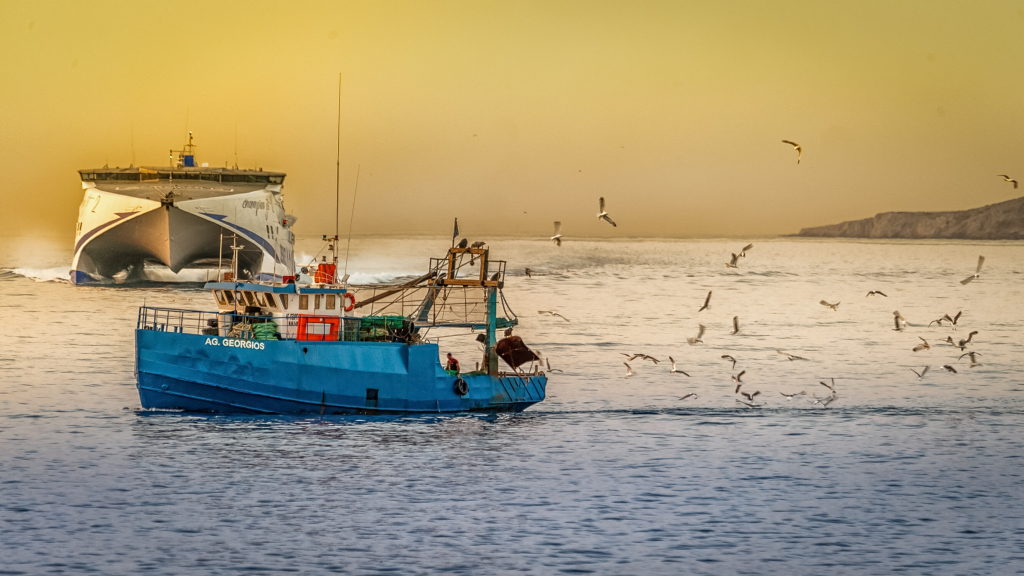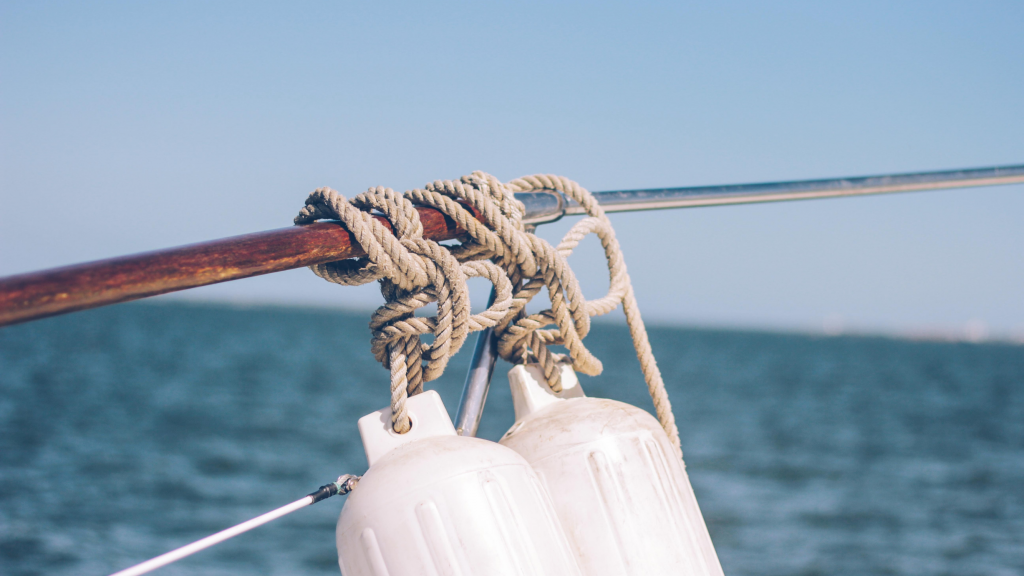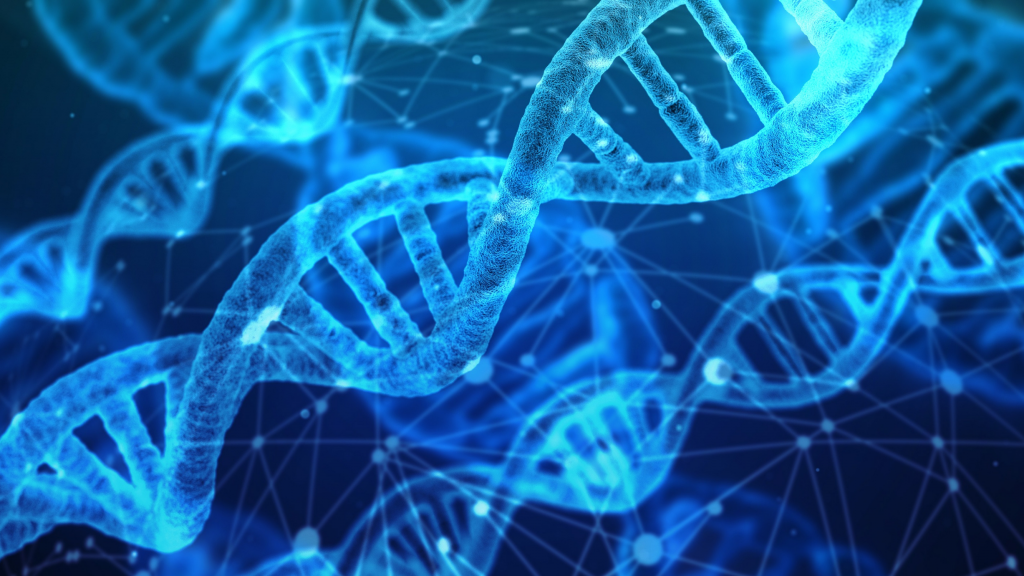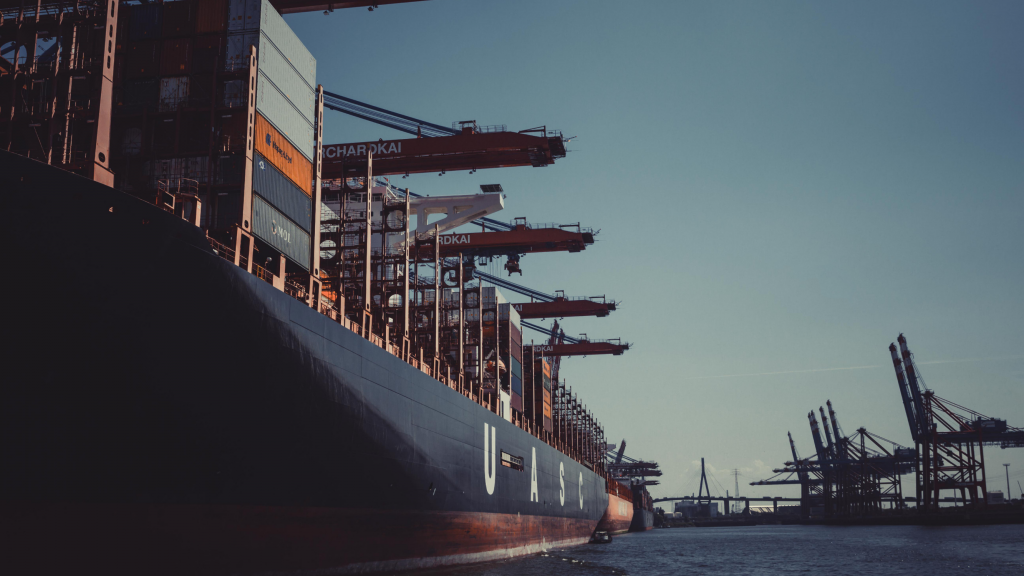Selected Projects
1. Tracking Illegal Fishing with AIS Data
2. Active Learning for Fish School Recognition
3. Smart Atlantic Buoy Redundancy Model
4. Large-scale Population-Genomic Analyses of Economically Important Marine Species
5. Adaptive Metric Learning for Acoustic Data
6. Predicting the Voyage of a Vessel in a Dynamic Environment
Tracking Illegal Fishing with AIS Data
Project Type
Neural Networks
Area/Sector
Fisheries, Marine Risk
Academic Institution
Dalhousie University
Lead Investigator
Dr. Stan Matwin
HQP’s
Gashin Ghazizadeh

Tracking Illegal Fishing with AIS Data
Ship’s trajectory data, Automatic Identification System (AIS), provides automatic updates about the location and speed of vessels with every ship containing a unique ID. Researchers at the Institute for Big Data Analytics at Dalhousie University are using this data and the DeepSense platform to create a solution that could tackle illegal fishing.
Researchers are using ship movement and speed data combined with deep learning methods to create patterns that can determine whether a ship is fishing. Images of S-AIS data are extracted to show the paths which ships traverse when fishing or not. Extracted images are then used for the task of fishing detection with the help of deep convolutional networks. Each type of ship has a specific style of movement when fishing that CNNs can learn by looking at the paths. This problem is different from the normal image classification tasks that are done, so Transfer Learning cannot be used.
DeepSense’s computational and personnel resources are being utilized to tackle the huge amounts of data being analyzed. GPU and memory make storing and processing data quicker and easier. Researchers are also benefitting from DeepSense technical experts who are on hand to troubleshoot throughout the project.
Active Learning for Fish School Recognition

Active Learning for Fish School Recognition
By identifying “bad regions” in hydroacoustic data collected near underwater turbines in the Bay of Fundy with a model to automatically extract these regions from future survey data, OERA will be able to apply greater speed, consistency and accuracy to data processing to prepare for rigorous analysis.
This project will produce an algorithm to reduce the pre-processing time for OERA hydroacoustic data automation. The overall system will be a visual analytics system with deep learning in the back end, trained on annotated images provided by OERA, and with the human expert annotator in the loop who reviews and corrects the automatically generated annotations. The human input is added to the training data improving the accuracy of the ML backend. The hypothesis is that the human-in-the-loop ML will significantly improve the speed of annotation.
Project Type
Neural Networks
Area/Sector
Marine Energy
Company/Partner
Nova Scotia Offshore Energy Research Association (OERA)/Bay of Fundy
Academic Institution
Dalhousie University
Lead Investigator
Dr. Sageev Oore
HQP’s
Dr. Scott Lowe
Smart Atlantic Buoy Redundancy Model
Project Type
Predictive Model
Area/Sector
Marine Operations
Company/Partner
Institute for Ocean Research Enterprise (IORE)
Academic Institution
Dalhousie University
Lead Investigator
Dr. Luis Torgo
HQP’s
Jesuseyi Fasuyi

Smart Atlantic Buoy Redundancy Model
This project will result in a prediction of sea conditions at a given location based on measurements from meteorlogic and oceanographic ‘smart’ buoys in the general area.
The motivation is to provide redundancy in the measurement of sea conditions for safe navigation within the Halifax Harbour when the main smart buoy in Halifax Harbour fails or is unavailable.
Large-scale Population-Genomic Analyses of Economically Important Marine Species

Large-scale Population-Genomic Analyses of Economically Important Marine Species
Through this project, DeepSense will allow the Department of Fisheries and Oceans (DFO) to innovate the use of genomic data towards management objectives and develop the necessary tools to integrate whole-genome data into management and conservation efforts.
Given the potential of large genomic datasets to transform management strategies, we will explore the potential application of high-resolution population-genomic data towards regulatory practice, balancing fine-grained structure and the need for practical management strategies. The project will leverage large genomic datasets already being collected through both university and government partnerships.
Project Type
Genomic Classification and Prediction
Area/Sector
Fisheries
Company/Partner
Department of Fisheries and Oceans
Academic Institution
Dalhousie University
Lead Investigator
Dr. Rob Beiko
Adaptive Metric Learning for
Acoustic Data
Project Type
Classification
Area/Sector
Acoustic
Company/Partner
Meridian
Academic Institution
Dalhousie University
Lead Investigator
Dr. Stan Matwin
HQP’s
Xiang Jiang, Dr. Oliver S. Kirsebom

Adaptive Metric Learning for Acoustic Data
DeepSense and Meridian are working together to developa model trained on a sample-sufficient domain and afterwards adapt it to the sample-deficient acoustic domain.
This project will develop a sample-efficient algorithm for few-to-medium-shot image classification by first meta-learning the representation from the source domain and adapting the representation to the target domain. The advantage of this algorithm is twofold: 1) the model learns the representation from data-abundant tasks using natural images; 2) the model maintains its compatibility towards the acoustic data classification task. Therefore, the trained model will be capable of classifying different species of marine animals with a few labeled acoustic samples.
Predicting the Voyage of a Vessel in a Dynamic Environment

Predicting the Voyage of a Vessel in a Dynamic Environment
In busy ports with daily visitor vessels, it is important to have an efficient monitoring system in place. Assigning human resources (coast guard) to monitor all vessel’s activities is sometimes impossible or a waste of resources.
In this research, we are going to solve this problem by designing an intelligent system to aid monitoring vessels. We are going to train a reinforcement learning model for the Halifax area so that an unmanned vessel (our agent) is able to voyage safely and efficiently from a starting point to a defined destination while there are other vessels moving in the environment (in this case only one moving ship). After training this model, all visiting vessel movements will compare with the predicted trajectory. A deviation in the trajectory of a visiting vessel from the predicted trajectory by our RL model will be considered as a monitoring alert signal.
Project Type
Reinforcement Learning Model
Area/Sector
Marine Operations
Company/Partner
Ocean Data Science Inc./Institute for Big Data Analytics
Academic Institution
Dalhousie University
Lead Investigator
Dr. Stan Matwin
